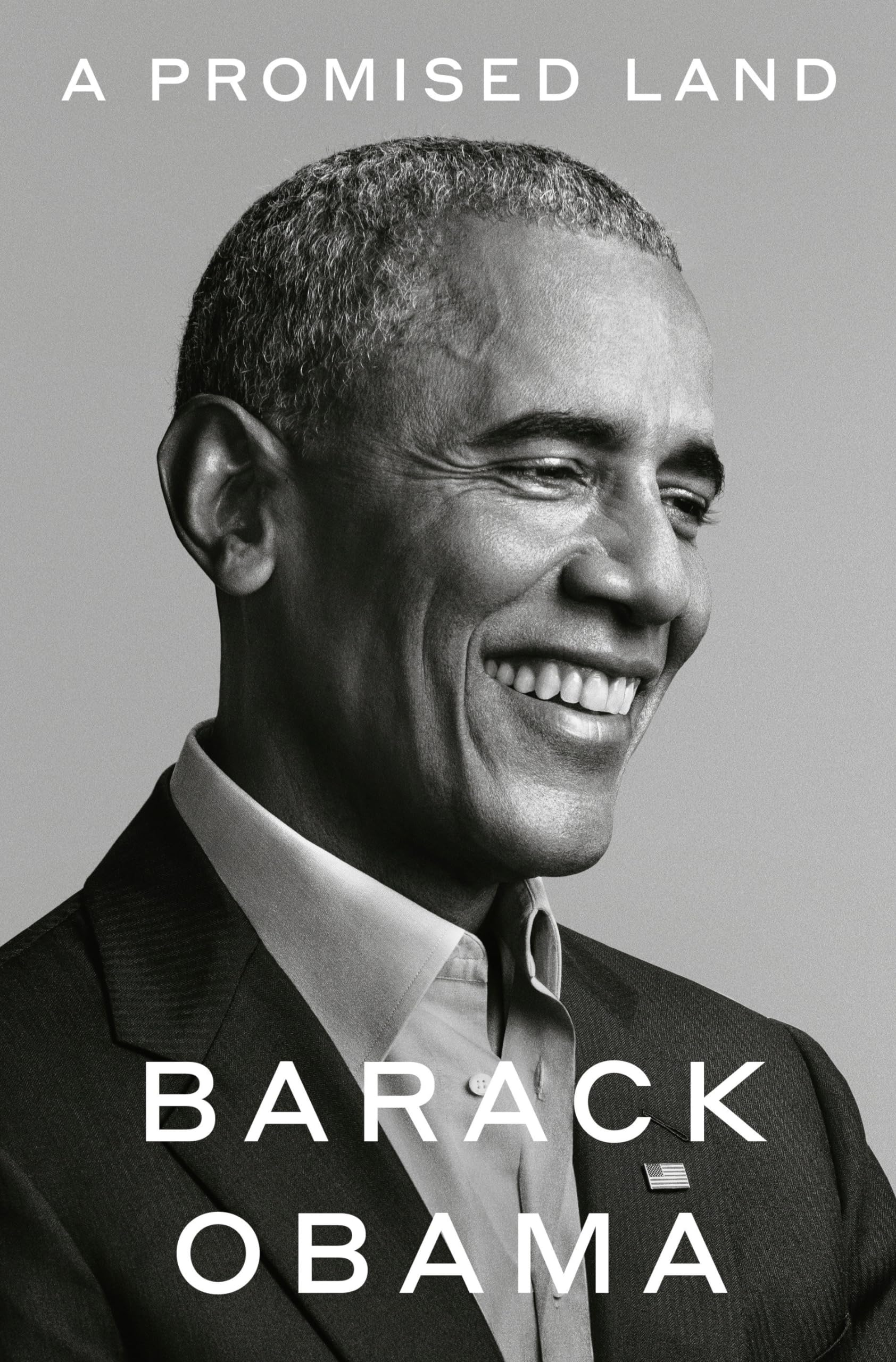PREFACE
byAfter concluding their time in the White House, Barack and Michelle Obama took a well-earned break, stepping back from the constant pressures of governance to reflect on the eight transformative years they had spent in office. The transition from leading the nation to returning to private life was profound, offering them the opportunity to process the achievements, challenges, and sacrifices that had defined their tenure. For Obama, this period of reflection ignited a desire to write a preface to his presidency—not just as a historical record but as an intimate, honest exploration of the political, economic, and cultural forces that shaped his time in office.
Determined to provide a deeper understanding of the presidency beyond what the public typically sees, Obama set out to write a book that would serve as both a memoir and a political analysis. He wanted to offer readers an insider’s perspective, revealing the immense weight of decisions made in the Oval Office and the personal struggles that accompanied them. His goal was not only to demystify the role of the president but also to inspire the next generation of leaders by sharing his own evolution—one that began with searching for identity and purpose and ultimately led to his role in shaping national and global affairs.
Originally, Obama envisioned this book as a single volume, an encompassing account of his presidency, filled with insights on leadership, governance, and the democratic process. However, as he delved deeper into his experiences, he found that condensing the intricate details of his presidency into one book risked oversimplifying complex events. He realized that reducing key moments and decisions to mere footnotes would fail to capture the full magnitude of the challenges he faced, the strategies he employed, and the historical weight of his administration.
The sheer breadth of material, ranging from significant policy debates to behind-the-scenes moments with world leaders, made it evident that a single volume could not do justice to the scope of his journey. As a result, what was initially intended as one book grew into two volumes, allowing him to present a comprehensive narrative that intertwined policy decisions with personal reflections. He wanted to convey not just the grand, history-making moments but also the everyday realities of presidential life—the late-night strategy meetings, the emotional toll of military decisions, and the personal stories that shaped his vision for a more equitable America.
While working on the book, Obama witnessed the unfolding of historic crises that reinforced the relevance of the themes he sought to explore. The world grappled with a devastating pandemic, economic hardship deepened, and widespread protests against racial injustice echoed the struggles he had worked to address during his presidency. These events underscored the ongoing battle over America’s identity, values, and democratic institutions, making his reflections not just a retrospective but a critical contribution to the ongoing national dialogue.
Throughout the writing process, Obama felt an urgency to articulate the lessons he had learned—not just for historians, but for everyday citizens navigating the uncertainties of the modern era. He recognized that democracy is not a static institution but a living entity that requires constant vigilance, adaptation, and participation. By sharing the triumphs and missteps of his administration, he hoped to offer insights into the broader arc of progress, demonstrating that meaningful change is often slow, met with resistance, but ultimately possible through collective effort.
Beyond politics, Obama’s book aimed to shed light on the human side of leadership—the moments of doubt, the weight of responsibility, and the personal sacrifices required in public service. He reflected on the delicate balance between family and duty, recalling how Michelle and their daughters had endured the public scrutiny and pressures that came with his presidency. By revealing these personal struggles, he sought to present a more complete portrait of leadership, one that acknowledged both the rewards and the burdens of holding the nation’s highest office.
At its core, Obama’s narrative was not just about recounting past events but about shaping the future by engaging with fundamental questions about governance, justice, and national identity. He hoped that his reflections would serve as a guidepost for those striving to build a better society, reinforcing the idea that democracy is not self-sustaining but demands continuous engagement from its citizens. Through this book, he aimed to ignite conversations about the values that define America, the forces that threaten its unity, and the collective responsibility required to uphold the principles of equality and justice.
Ultimately, Obama’s writing was not just a farewell to his presidency but a call to action for future generations. He wanted readers to understand that history is shaped not only by those in power but by the choices and actions of everyday people. His presidency was a testament to the power of hope, resilience, and the belief that change is always within reach for those willing to fight for it.

